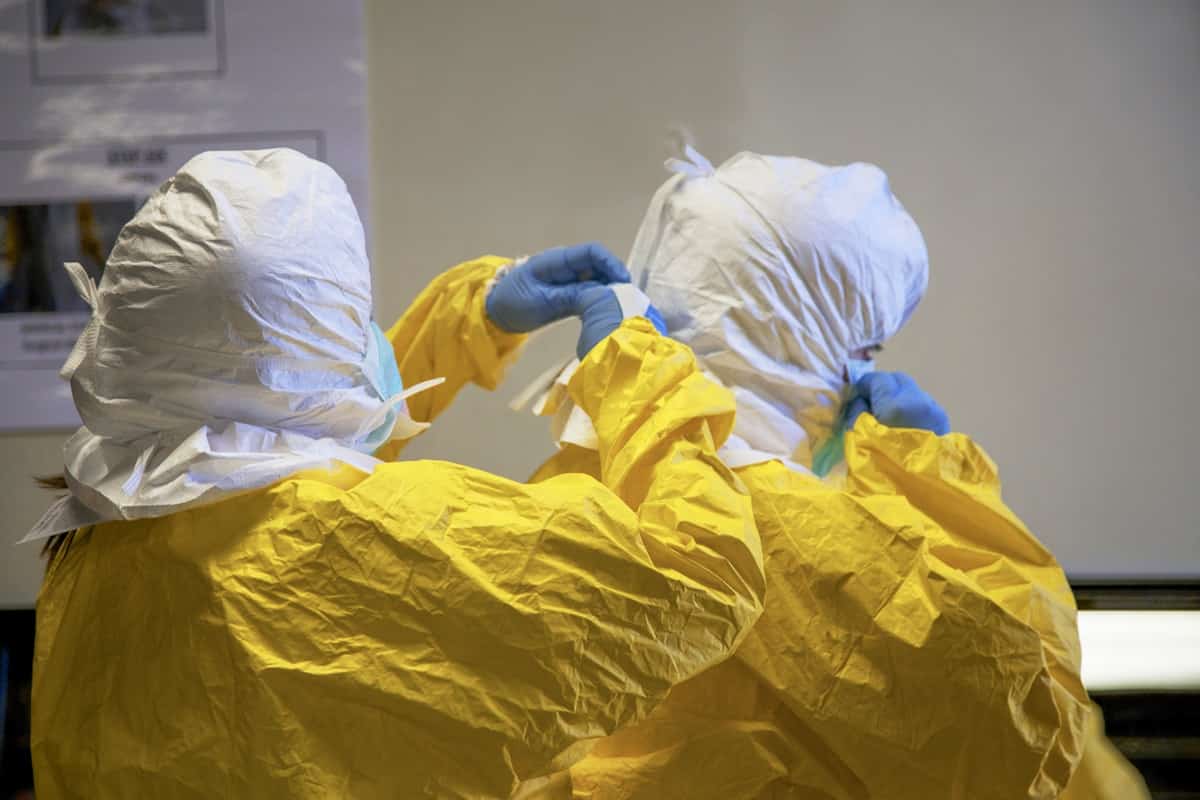While the U.S. has surpassed the rest of the world in its number of COVID-19 cases and places like New York, Washington, Louisiana, and California have certainly shared the brunt of the impact thus far, much of the country has not yet experienced the density of cases of our foreign counterparts.
However, to allow healthcare facilities to engage in active preparation, data scientists have built a mathematical model to forecast COVID-19’s impact on the sector. While a hospital or other facility must compare the model’s forecasts with its unique patient load and capacity, the model did suggest some very real scenarios that could affect the healthcare sector.
Toledo hospitals may experience these effects of COVID-19 in the coming days or weeks:
- Need to turn away or discharge patients. As hospitals begin to reach capacity with the addition of critically ill COVID-19 patients in addition to their current patient load, many will need to release non-critical patients much earlier than previously advised. In addition, hospitals will eventually need to turn away non-critical patients in the first place, resulting in a secondary population of individuals that need care but are not welcomed by a traditional healthcare setting.
RELATED ARTICLE: 5 Ways Hospitals Are Reacting to the Coronavirus
- Lack of needed equipment. As experts continue to monitor the ongoing situation in Italy and New York, one thing is clear – most hospitals lack the sheer number of essential equipment, particularly ventilators, necessary to treat severely ill COVID-19 patients. Until adequate ventilator supply levels can be obtained, hospitals in hard-hit areas have had to instill a particularly selective triage system that prioritizes patients without underlying health conditions – and therefore a higher chance of survival.
- Infected staff. In addition to inadequate patient care equipment, many hospitals will also experience shortages of essential personal protective equipment (PPE) for care providers. Without access to PPE, healthcare workers risk getting the virus themselves and may be unable to care for patients. Others have the potential to become disease vectors themselves, spreading COVID-19 to other patients, workers, and families.
- Higher risks for patients awaiting testing. The worldwide shortage of COVID-19 tests, as well as the relatively lengthy wait period for private testing, has led to ill patients getting sicker and sicker before experiencing necessary COVID-19 treatment. Recently, individuals in South Carolina and Colorado died awaiting test results, a potential result of packed hospitals that wouldn’t admit patients without a positive test.
These scenarios, along with others that will emerge as the local COVID-19 patient load increases, truly speaks to the absolute necessity of quality in-home healthcare for Toledo residents. While receiving in-home care, patients ease the burden on local healthcare organizations and remain isolated from healthcare workers and other patients who may transmit the disease.
For more information or to arrange home health care for yourself or a loved one, please reach out to Arista at (419) 754-1897.

 Arista Wins Top Workplaces Award
Arista Wins Top Workplaces Award


